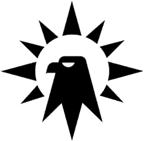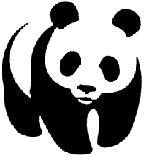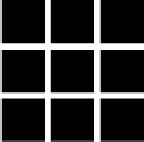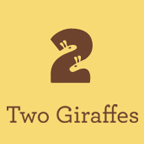What is gestalt design? As you might have guessed, gestalt is a German word. There is no perfect translation in English. A close translation might be “a pattern of elements so unified as a whole that its properties cannot be derived from a simple summation of its parts.” (http://www.thefreedictionary.com/gestalt). In brief, it is a bunch of things when together form a pattern, but when solo don’t represent much at all (http://en.wikipedia.org/wiki/Gestalt_psychology). Pretty cool stuff!
Principles of Gestalt Design
Back in the 1920s the germans started looking at how the human brain perceives patterns (http://psy.ed.asu.edu/~classics/Wertheimer/Forms/forms.htm). The theories that came from the research focus on how humans organize unified visual elements into groups. The groups are then called ‘unified wholes’ when certain principles are applied. These are grouped into five basic principles.

 |
1. SimilarityWhen object look similar to one another, when they are grouped together they may be perceived as a group or pattern. In the image below the grouping of triangles gives the appearance of sun rays. |
 |
2. ContinuationThis principle is pretty much what it sounds like. The eye and the brain follow a visual group of objects which lead the eye from one object to another object. In the example below the eye is led through the H to the leaf. |
 |
3. ClosureWhen an object consisting of multiple part is incomplete and the human brain fills in the missing parts, it is called closure. In the example below, half of a butterfly is found in the capitol B, the brain fills in the rest of the image. The panda is another example of the same principle. |
  |
4. ProximityWhen objects are grouped close together, they are perceived as a group. In the first example below the squares are perceived as separate objects. However, when close together and evenly spaced, they are perceived as a group. |
  |
5. Figure and GroundWhen the human brain is able to perceive an object as standing out from the background, this is know as the figure and ground effect. Below we have a tree, leaves, trunk and water. Each is visualized by its contrast to the background surrounding it. In the example our minds can see both a christmas tree and holiday ornament. |
